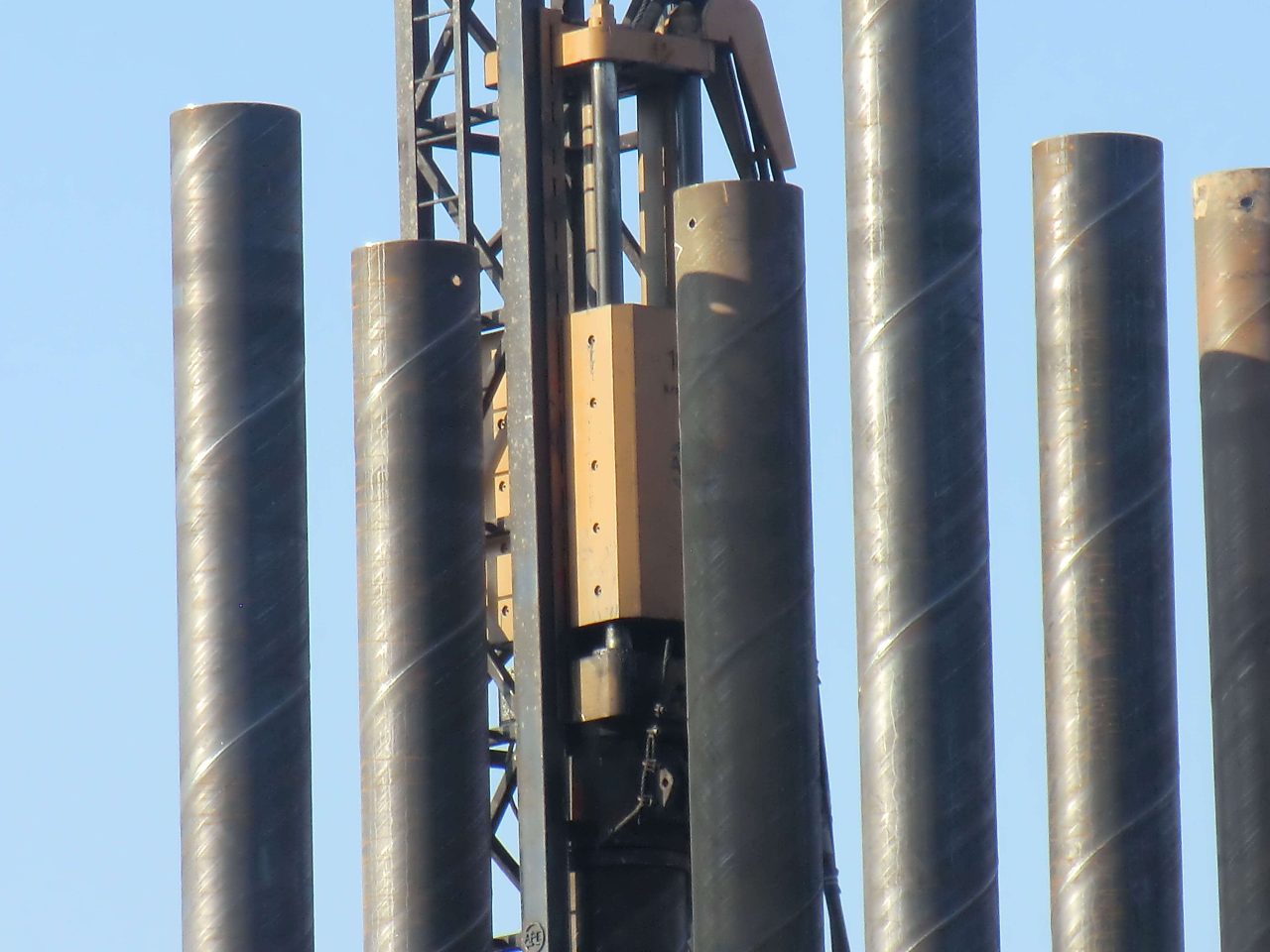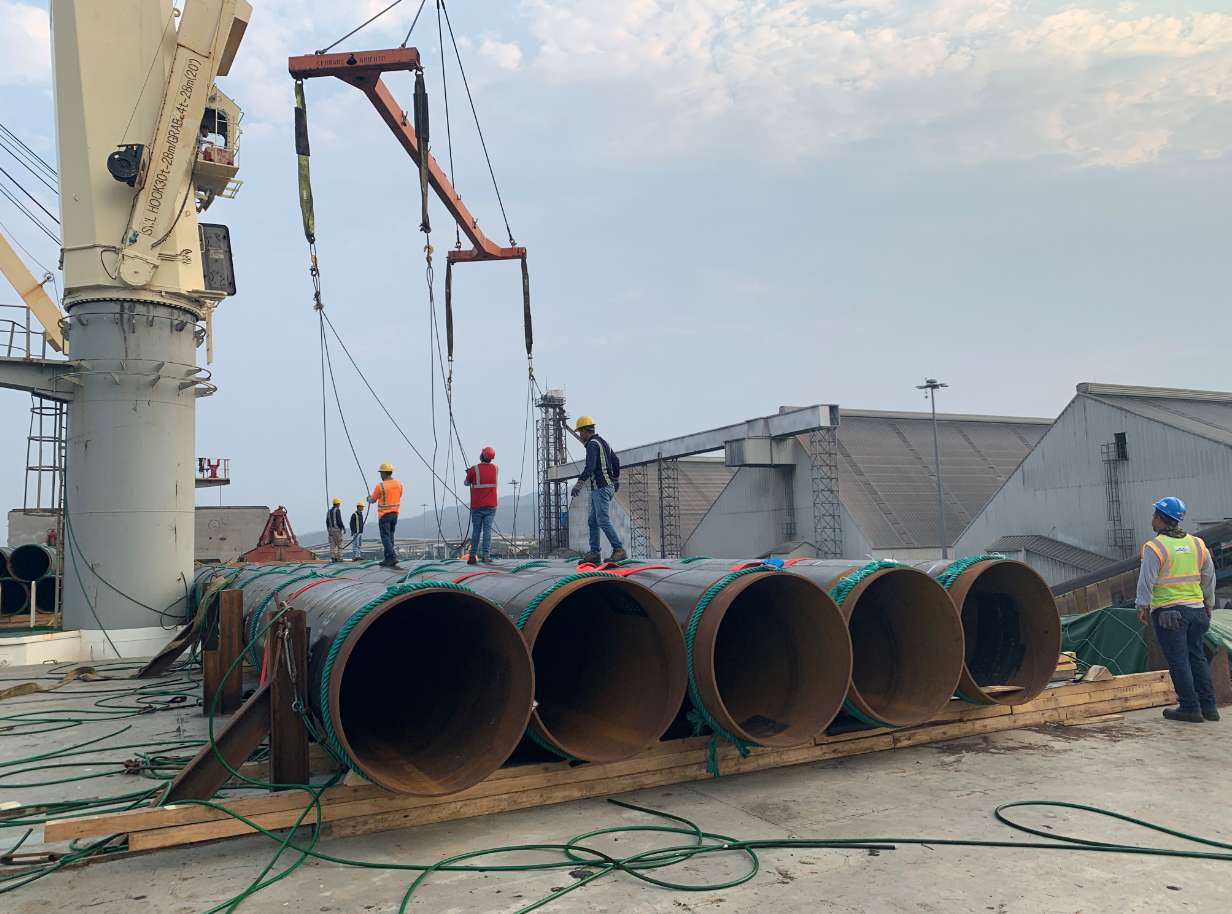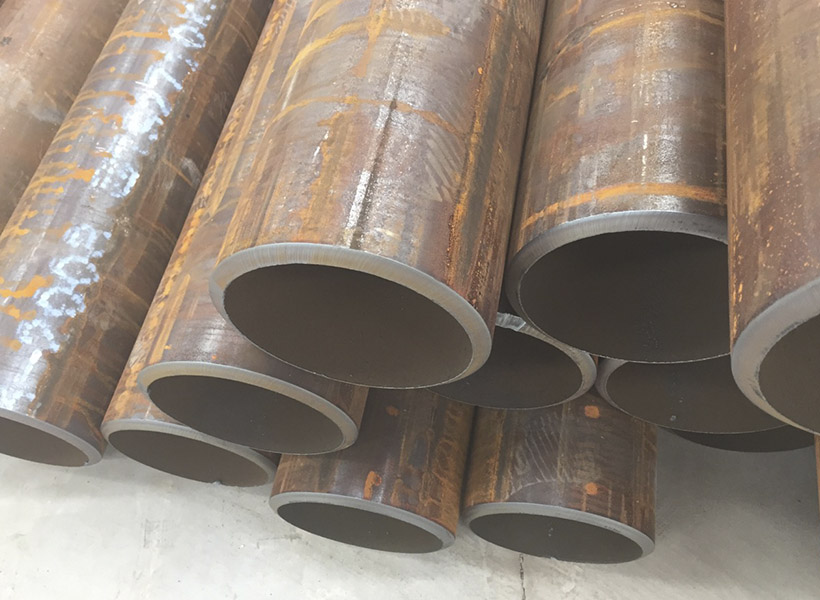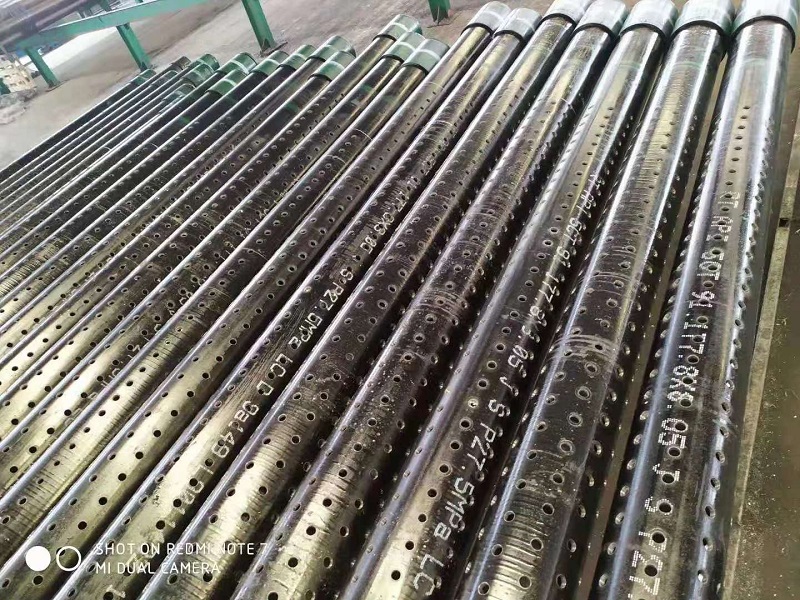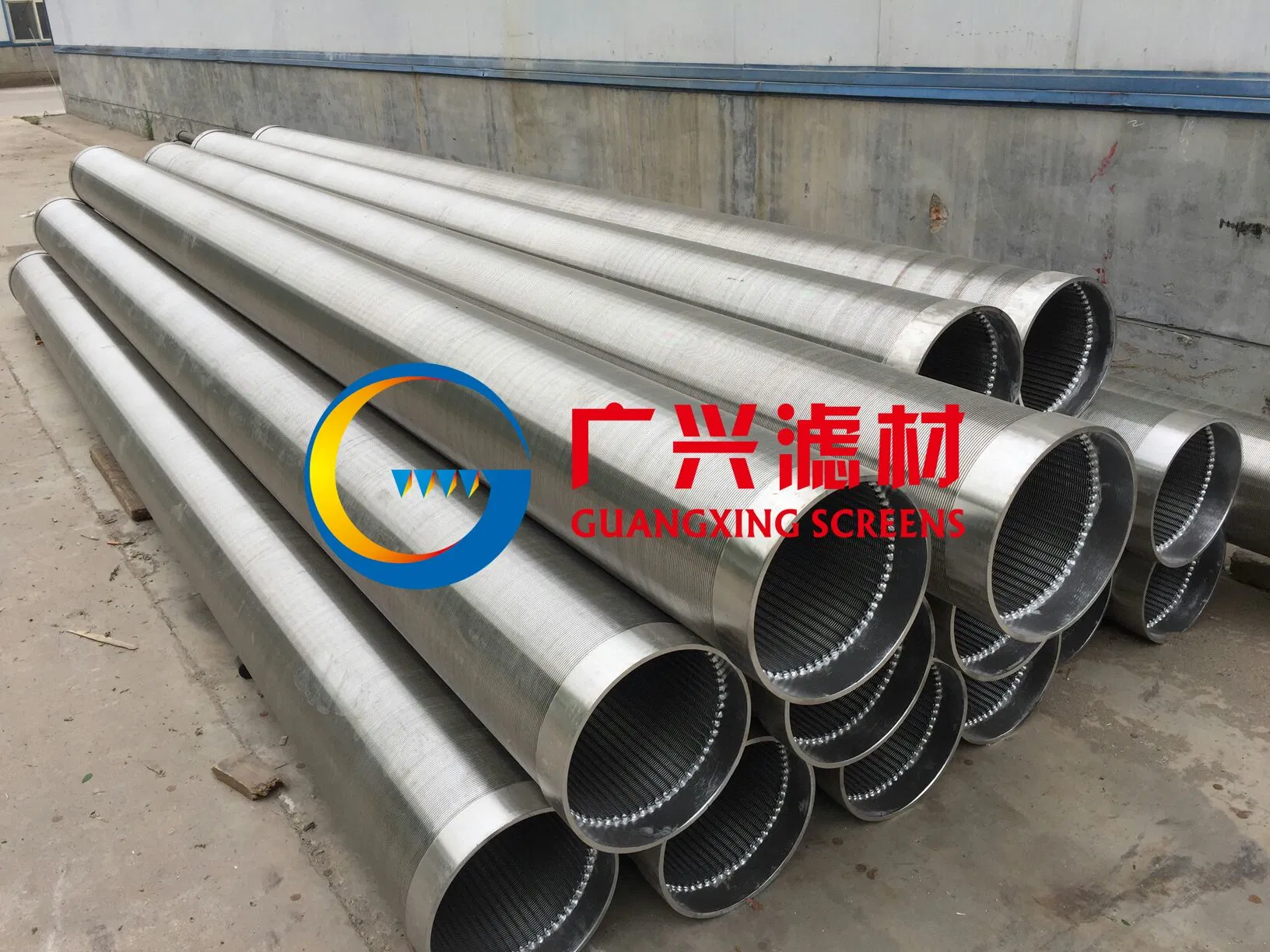The standard for fluid-conveying seamless pipes depends on the country or region you are in, as well as the specific application. However, some widely used international standards for fluid-conveying seamless pipes are:
- ASTM A106: This is a standard specification for seamless carbon steel pipes for high-temperature service in the United States. It is commonly used in power plants, refineries, and other industrial applications where high temperatures and pressures are present. It covers pipes in grades A, B, and C, with varying mechanical properties depending on the grade.
- API 5L: This is a standard specification for line pipes used in the oil and gas industry. It covers seamless and welded steel pipes for pipeline transportation systems, including pipes for conveying gas, water, and oil. API 5L pipes are available in various grades, such as X42, X52, X60, and X65, depending on the material properties and application requirements.
- ASTM A53: This is a standard specification for seamless and welded black and hot-dipped galvanized steel pipes used in various industries, including fluid-conveying applications. It covers pipes in two grades, A and B, with different mechanical properties and intended uses.
- DIN 2448 / EN 10216: These are European standards for seamless steel pipes used in fluid-conveying applications, including water, gas, and other fluids. DIN 2448 and EN 10216 cover pipes made of various materials, such as carbon steel, alloy steel, and stainless steel, with different mechanical properties and application requirements.
- JIS G3454 / G3455 / G3456: These are Japanese standards for carbon steel pipes used in pressure service, such as fluid-conveying applications. They cover pipes made of different grades of carbon steel, with varying mechanical properties and intended uses.
Applications for fluid-conveying seamless pipes include:
- Oil and gas industry: Pipeline transportation systems for crude oil, natural gas, and petroleum products.
- Power generation: Pipes used in high-temperature and high-pressure environments, such as boilers, heat exchangers, and steam lines.
- Water supply and wastewater treatment: Pipes used for conveying potable water, wastewater, and other fluids in municipal and industrial applications.
- Chemical and petrochemical industries: Pipes used for transporting various chemicals, gases, and fluids in processing plants.
- General industrial applications: Pipes used for various fluid-conveying applications in industries such as automotive, construction, and manufacturing.
Fluid-conveying seamless pipes are designed to handle a range of pressures, temperatures, and corrosive environments, depending on the material grade and application requirements.

